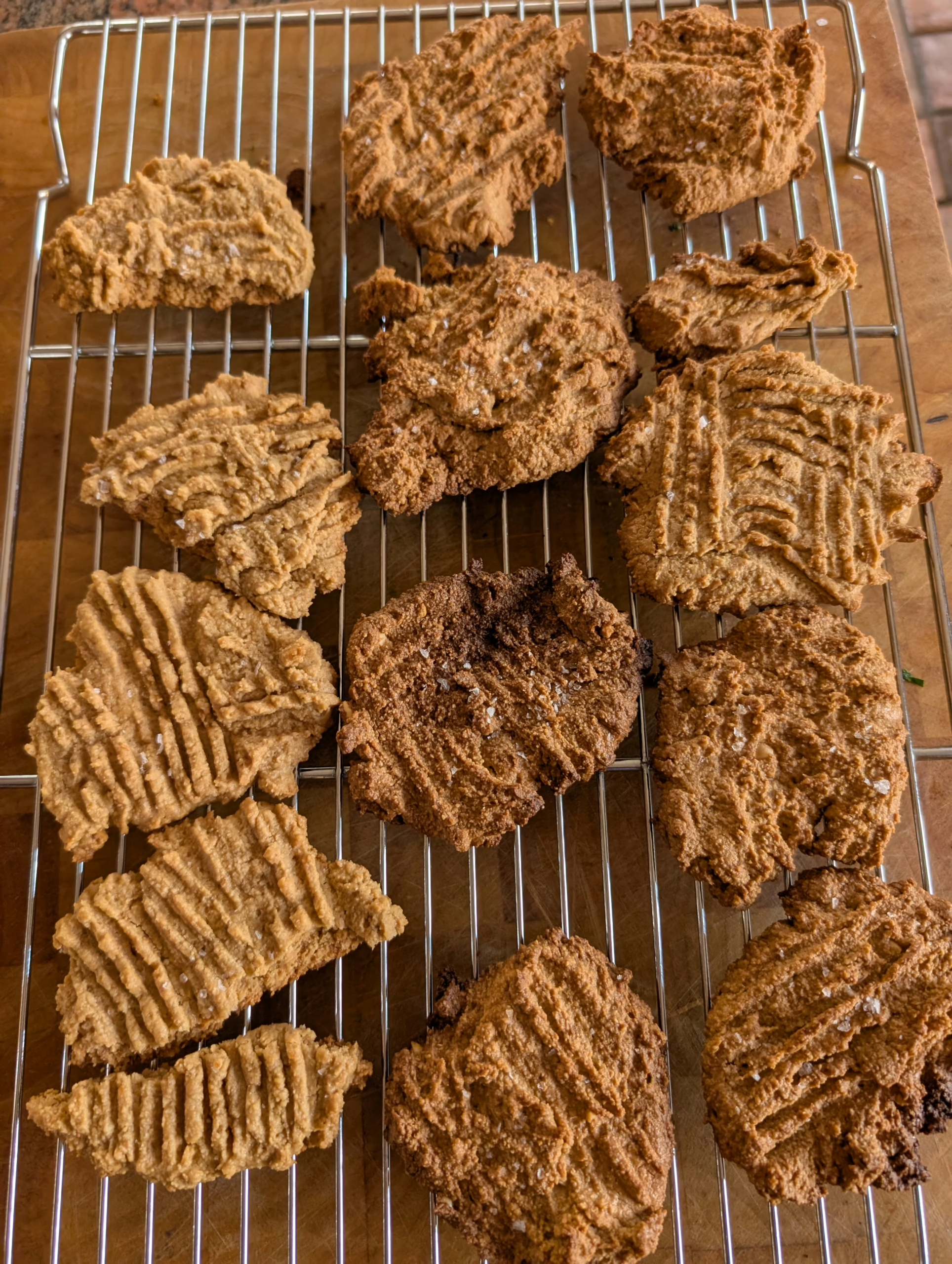I have suffered from pretty severe myopia for most of my life. Long ago, I just accepted that my eyes would likely keep getting worse. Surprisingly, my prescription has remained unchanged for the last decade! Even though every year, my eye doctor tells me, “this is probably the year you’ll need reading glasses”, so far, this hasn’t come to pass. Read on for the regular practices that I’ve been following for maintaining eye health.
What Am I Trying to Prevent?
When I say “maintaining eye health”, what exactly do I mean? I’m really trying to prevent common issues that normally occur with aging. This includes the need for bifocals or reading glasses, often caused by presbyopia. It also includes preventing age related macular degeneration and other diseases of the eye. I’m not really trying to improve my vision, just stave off what many people consider normal aging related eye issues.
How Am I Maintaining Eye Health?
First, I’m not interested in any form of surgery in order to fix the aging related issues that I’ve mentioned. I also feel that bumping up the font size on my computer/mobile devices is a cheat. So what am I doing that seems to be working?
Exercise
Regular exercise is a crucial component of maintaining overall health, and its benefits extend to eye health as well. Exercise has been shown to reduce the risk of age-related macular degeneration (AMD), cataracts, and other eye diseases. Here are some ways regular exercise helps maintain eye health:
- Improves Blood Flow and Oxygenation: Exercise increases blood flow and oxygenation to the eyes, which helps to nourish the retina and other eye tissues. This can reduce the risk of AMD, which is caused by a lack of oxygen and nutrients to the retina.
- Reduces Inflammation: Exercise has anti-inflammatory effects, which can help to reduce inflammation in the eyes and reduce the risk of eye diseases such as AMD and uveitis.
- Lowers Blood Pressure: Regular exercise can help to lower blood pressure, which can reduce the risk of eye damage caused by high blood pressure, such as hypertensive retinopathy.
- Improves Insulin Sensitivity: Exercise can improve insulin sensitivity, which can reduce the risk of developing type 2 diabetes, a major risk factor for diabetic retinopathy.
- Reduces Oxidative Stress: Exercise has antioxidant effects, which can help to reduce oxidative stress in the eyes and reduce the risk of eye diseases such as AMD and cataracts.
- Improves Visual Processing: Exercise has been shown to improve visual processing and cognitive function, which can help to reduce the risk of age-related cognitive decline and improve overall eye health.
Specific Exercises that Benefit Eye Health
While all forms of exercise can benefit eye health, I also employ exercises that are specifically targeted at the eye (also known as orthoptics). I find the following to be most effective:
- Focus Related Exercises: Specifically while working on the computer during the day, at least twice an hour, I make it a point to stop what I’m doing and focus on a distant object for a few seconds. This is one of the reasons now that I always setup my workspace so I’m in front of a window and can look outside at a distant object.
- Around the World: I started this when I found out that it’s really effective at enhancing my focus at the start of the day. I later discovered that it’s referred to as the ‘Around the World’ exercise and specifically targeted at countering presbyopia. It’s fairly simple, while keeping your head still, you look upwards with both eyes and hold for a few seconds. Then repeat this to the right, down and to the left. Finally rotate both eyes slowly in both the clockwise and counter clockwise directions.
Nutrition
The state of the art research on using nutrition in maintaining eye health comes from the Age-Related Eye Disease Studies (AREDS/AREDS2). AREDS determined the type and precise amount of nutrients to help prevent/improve age related macular degeneration. The AREDS recommended ingredients include:
- Vitamin C 500 mg
- Vitamin E 400 IU
- Copper (cupric oxide) 2 mg
- Zinc 80 mg
- Lutein 10 mg
- Zeaxanthin 2 mg
For a long time, I was purchasing and weighing out each of these myself. I recently switched to this product since it’s much more convenient. It also uses a better source of Vitamin E than is widely available and is free of any added fillers. This same company also makes low zinc versions (in case you get plenty of zinc elsewhere).
Gabor Patches: A Novel Approach to Vision Therapy
Gabor patches are a type of visual stimulus used in vision therapy to improve visual processing and perception. These patches consist of a series of parallel lines with varying orientations and spatial frequencies. Research has shown that Gabor patches can improve visual acuity, contrast sensitivity, and visual processing speed in individuals with amblyopia, a condition that affects the development of vision in children. A study published in the Journal of Vision found that Gabor patches can also improve visual function in individuals with AMD (Liu, L. et al. (2018). Gabor patches improve visual function in patients with age-related macular degeneration. Journal of Vision, 18(10), 1-11.).
I incorporate Gabor patches in my routine usually by watching this youtube video while having my coffee a few mornings a week. I’ve also used several different Android apps that generate Gabor patches over the years.
Photobiomodulation
Photobiomodulation (PBM) is a non-invasive therapy that uses low-level laser or light-emitting diodes (LEDs) to stimulate cellular processes and promote tissue repair. PBM has been shown to improve visual acuity, reduce inflammation, and promote retinal regeneration in animal models of retinal degeneration.
My eye health related PBM routine consists of staring into a JOOVV panel (with the infrared settings turned off) for a 3 minute session once or twice a week.
Does all of this work? In my N of 1 experiment, it appears to do so for me. I’ve also presented the relevant studies that support these findings. What are you doing to preserve your eyesight as you age? Let me know in the comments or drop me a line!




